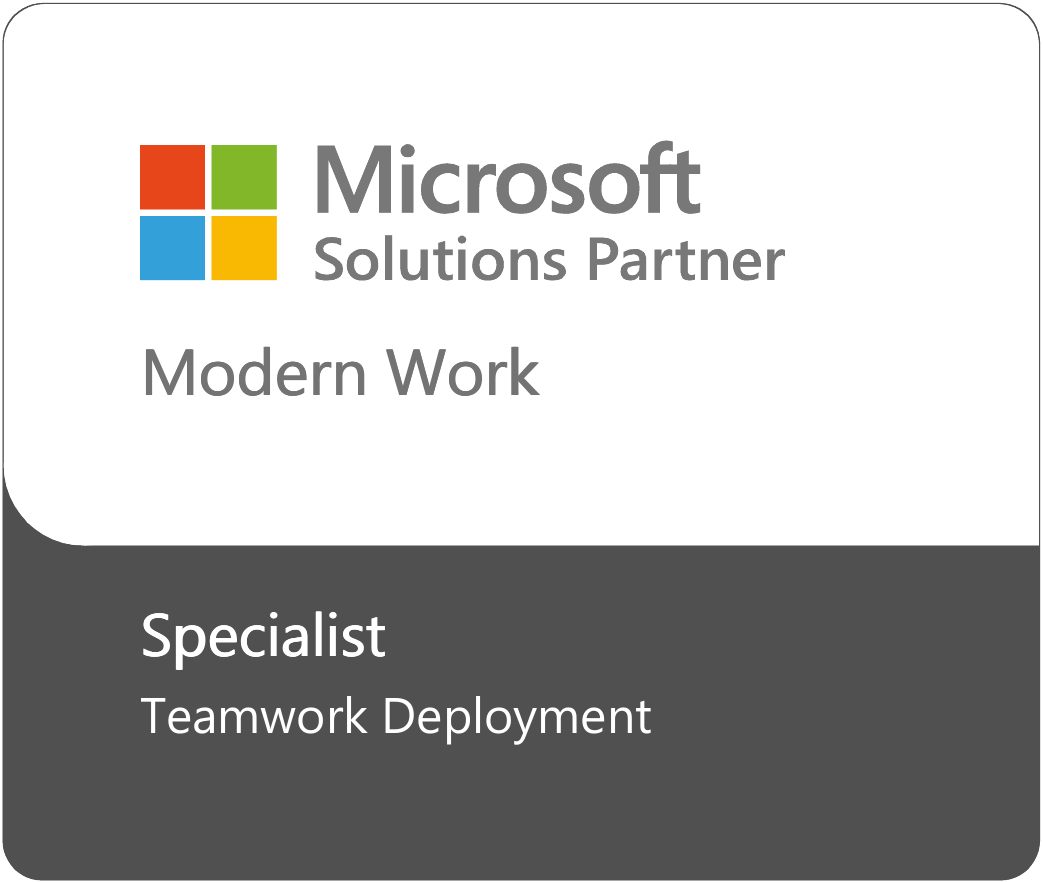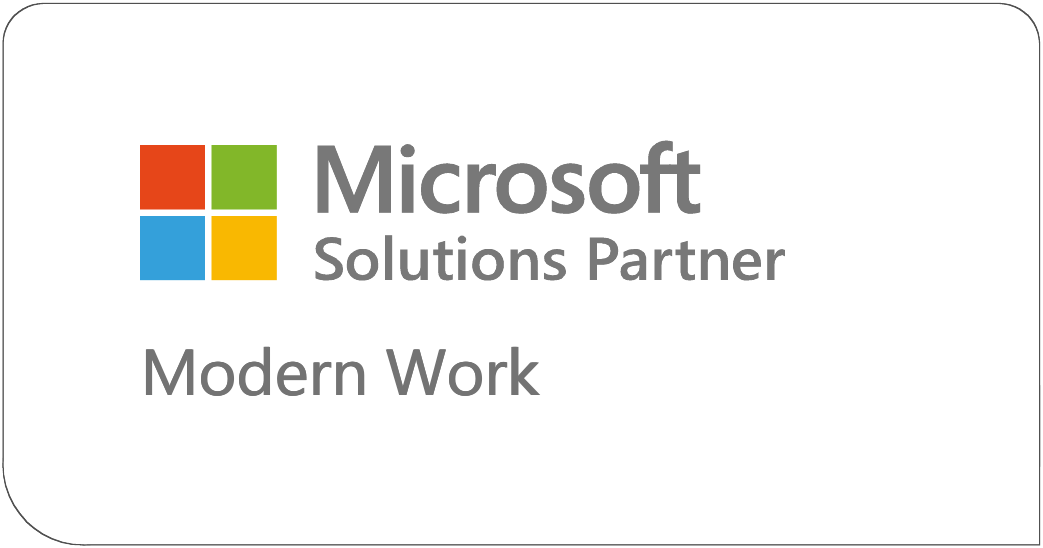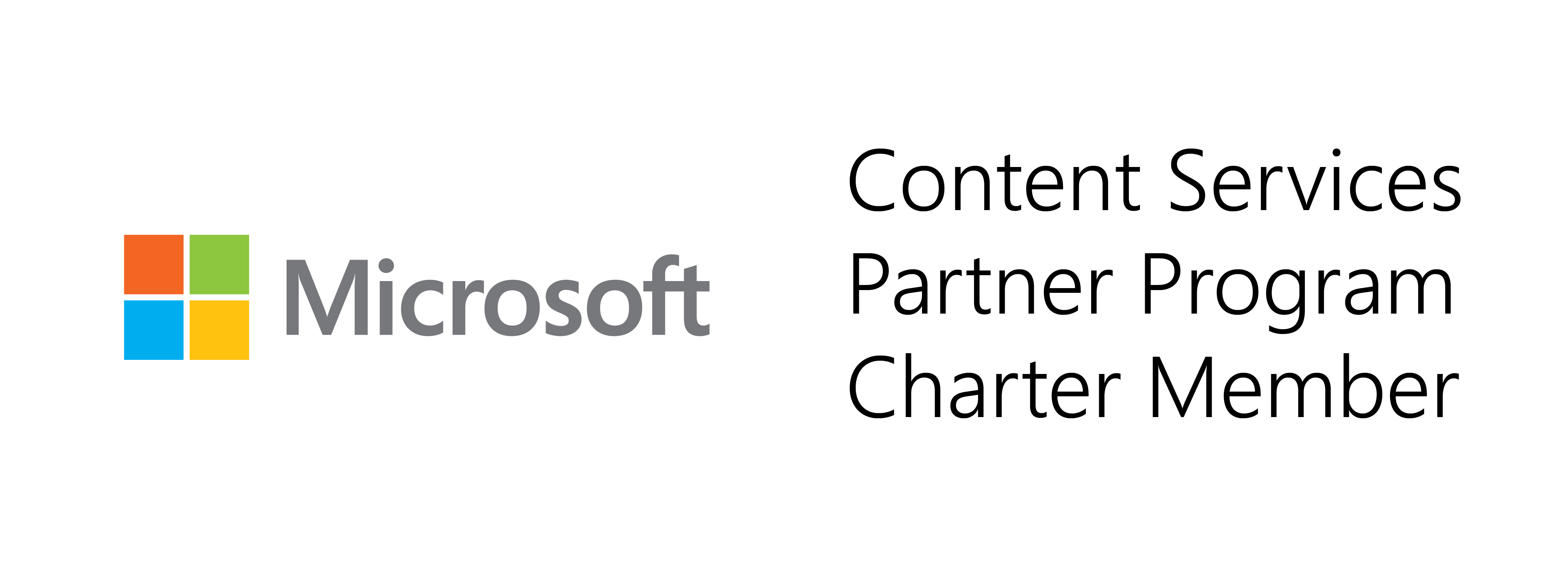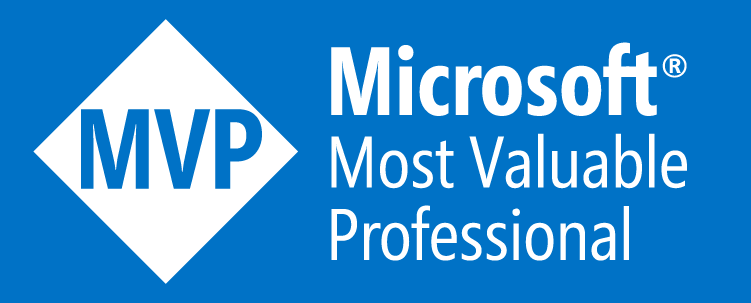The Client
The client, one of Canada’s largest home and community healthcare providers, serves thousands of patients across diverse locations. With more than five decades of experience, the organization relies on its ERP system for logistics, warehousing, finance, and operational management.
Previously running on Dynamics NAV 2016, the client was experiencing growing pains as transaction volumes surged. While the team had strong internal systems, the infrastructure needed to evolve to support the pace of expansion.
Industry
Healthcare
Location
North America
Technologies








The Challenge
The organization operated Microsoft Dynamics NAV 2016 entirely on-premises, and rising transaction volumes exposed performance limits. Warehouse workflows picking, shipping, delivery, packaging, labeling are tightly sequenced and intolerant of delay, demanding high availability and resilience. A full move to Business Central Online wasn’t feasible, so a hybrid path was required: modernize the stack and infrastructure without changing operating models overnight. Compliance, uptime, and performance were non-negotiable in a health context. The NAV ecosystem relied on numerous integrations; to function behind cloud load balancers and modern network patterns, these integrations had to be inventoried and rebuilt rather than lifted and shifted. The cutover window was tight, leaving little room for extended testing or downtime, and the switch needed to occur with minimal disruption to downstream operations.

The Solution
We led project oversight, advisory, and end-to-end coordination with partners Tricon and Omni Logics. We adopted Microsoft Azure IaaS while retaining on-premises systems for historical data, addressing immediate scale and performance needs without forcing a SaaS transition. The application layer was upgraded from NAV 2016 to Business Central v14; application and SQL tiers were deployed on Azure VMs for flexible sizing and operational control. High-availability and disaster-recovery configurations were implemented using Azure services. Integrations and reporting were rebuilt to work reliably behind Azure load balancers and with updated connection patterns, preserving business behavior while preparing for growth. A controlled DNS cutover shifted traffic from the on-premises stack to Azure with operational continuity and minimal downtime, meeting the tight cutover window.
The Results
- Performance: Improved application performance for ~250 users across multiple locations.
- Scalability: Infrastructure ready to support business growth and increased volume.
- Resilience: High availability and disaster recovery safeguards now in place.
- Security: Azure Sentinel, NSGs, and best practices hardened the environment.
- Future-Ready: Azure environment designed for potential full migration to Business Central SaaS.
















